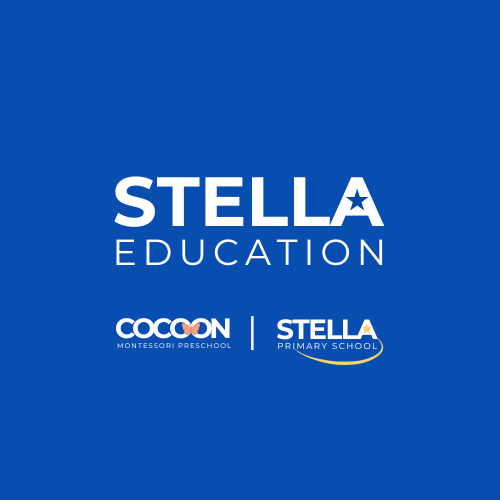Approach to teaching and learning
Theme-based Teaching and Learning
Theme-based learning is an interdisciplinary approach where lessons, activities, and projects are centred around one topic. These themes can last from a few days to several weeks, integrating multiple subjects to create meaningful connections.
This method not only deepens students’ understanding across different disciplines but also makes learning more engaging and enjoyable, helping to sustain curiosity and enthusiasm far beyond traditional teaching approaches.
Benefits of Theme-Based Learning:
- It connects subjects to a central theme reinforces knowledge, improving long-term memory and critical thinking.
- Themes allow to cater instruction to various learning styles and students’ needs.
- It encourages exploration, inquiry, and problem-solving.

Project-based and Problem-based Learning
At our core, we believe that learning should be active, meaningful and driven by curiosity. Young learners thrive when they can explore topics that spark their interest, engage in hands-on experiences, and connect learning to the real world. That’s why we take learning a step further with Project-Based and Problem-Based Learning – a powerful blend that nurtures creativity, critical thinking, and problem-solving skills.
Technology Integration
At Stella School, we believe in preparing our students for the digital age with intention and care. Starting from the Preparatory level (Preschool), we slowly introduce age-appropriate technology to build confidence and digital literacy. Our goal is not just to use technology, but to help children use it wisely – as a tool for creativity, collaboration, and problem-solving in a connected world.
Flipped learning
At Stella School, we embrace Flipped Learning to make classroom time more meaningful. Students are introduced to new concepts at home through interactive materials, allowing them to learn at their own pace. In class, they dive deeper through discussions, group work, and hands-on activities — turning passive learning into active discovery. This approach builds confidence, independence, and a love for learning.
